“A premonition of a horror film” Outer Space (Peter Tscherkassky, 1999)
Oct
26

Barbara Hershey as Carla Moran. DP of The Entity: Stephen H. Burum.
[Favourite] psychological horror*
– tagline
Real horror is not found in broken dinner plates or corpuscular masses of light. It's in what the mind does with that input, in how those lux morph into human-like shapes. In how gusts of wind becomes larynx-touched voices. Cut up the neatly filed research papers and be left with the whispers of the mind.
* the Bales 2025 Film Challenge for October is horror-themed as opposed to date-based, and is all about favourites. Expect non-horror and films I believe to be relevant instead.
bales2025filmchallenge
”'M. Valdemar,' I said, 'are you asleep?' He made no answer, but I perceived a tremor about the lips, and was thus induced to repeat the question, again and again. At its third repetition, his whole frame was agitated by a very slight shivering; the eye-lids unclosed themselves so far as to display a white line of the{n} ball; the lips moved sluggishly, and from between them, in a barely audible whisper, issued the words: 'Yes; — asleep now. Do not wake me! — let me die so!'” Il caso Valdemar [The Facts in the Case of M. Valdemar] (Gianni Hoepli + Ubaldo Magnaghi, 1936)
Oct
24

M. Valdemar on his deathbed.
[A] favourite horror movie overall*
– Edgar Allan Poe, The Facts in the Case of M. Valdemar (1845) (via)
A man agrees on being hypnotised while in the state of dying. This particularly haunting and efficiently gory film – the first in the genre – is the result.
* the Bales 2025 Film Challenge for October is horror-themed as opposed to date-based, and is all about favourites. Expect non-horror and films I believe to be relevant instead.
“No, I never left the wheel; not for a moment.” The Mystery of the Mary Celeste [Phantom Ship] (Denison Clift, 1935)
Oct
23
Bela Lugosi
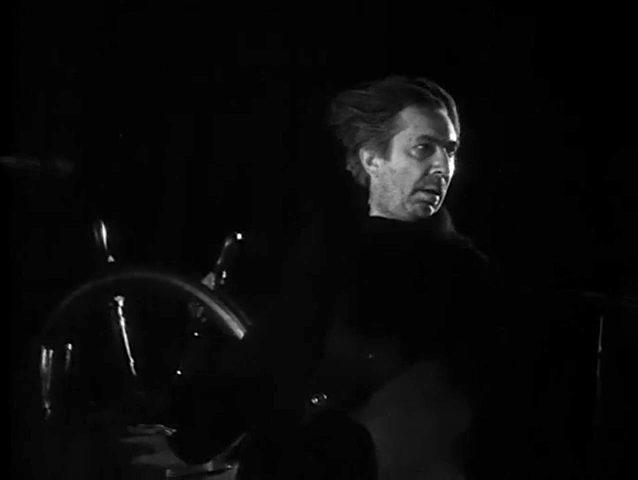
Anton Lorenzen (Lugosi) at Mary Celeste's wheel. DPs: Eric Cross & Geoffrey Faithfull.
[A favourite] Bela Lugosi film*
– Anton Lorenzen
A post-Dracula Lugosi demonstrates that he's more than the cursed aristocrat. An efficient early Hammer production, made just a year after their founding.
* the Bales 2025 Film Challenge for October is horror-themed as opposed to date-based, and is all about favourites. Expect non-horror and films I believe to be relevant instead.
“I never thought I could be friends with a German again. But here I am… Werner is somehow like Murnau brought back to life.” Nosferatu: Phantom der Nacht [Nosferatu the Vampyre] (Werner Herzog, 1979)
Oct
22
eternal returns
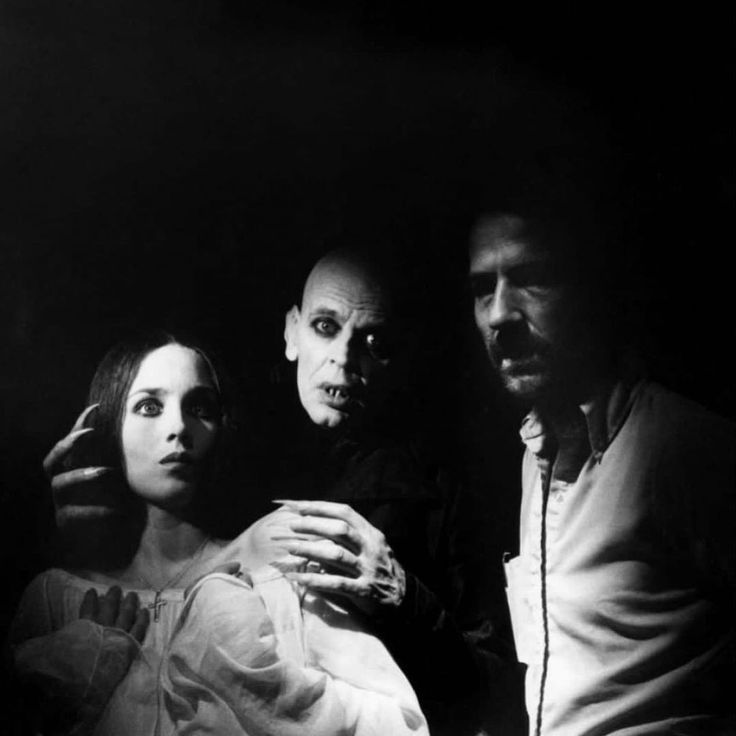
Adjani, Kinski, and Herzog on set. DP: Jörg Schmidt-Reitwein.
[A favourite] horror remake*
– Lotte Eisner visiting the set of Herzog's Nosferatu (via)
Coming back to Murnau's expressionist masterpiece was Herzog's bridge between the films made by the grandfathers of German cinema and his era. Herzog, born in 1942 Munich, noted this void created by that philistine regime and felt that, by picking up the thread cut a quarter of a century earlier, German culture could see a restoration to its (non-nationalistic) greatness. Thus a menagerie of rats and actors was released in a reluctant, bourgeois Dutch town.
But that's a story for another generation to draw upon.
* the Bales 2025 Film Challenge for October is horror-themed as opposed to date-based, and is all about favourites. Expect non-horror and films I believe to be relevant instead.
“Everything in this masterpiece contributes to its unity: the absolute mastery of editing and rhythm; slow motion, superimpositions, tracking shots, the mobile camera all play their roles and never gratuitously. The photographic quality, worthy of the most learned German operators, the lighting of the sets which envelops them in mystery, the sets themselves, neither realistic nor stylized, but as if sketched; the acting neither realistic nor expressionist, and yet adapted to the fantastic, to the violence; to the pauses; to the blur.” La chute de la maison Usher [The Fall of the House of Usher] (Jean Epstein, 1928)
Oct
21
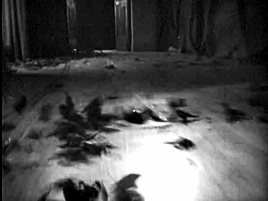
A rapid tracking shot along a dark corridor. Dead leaves follow the camera (via). DPs: Georges Lucas & Jean Lucas.
A favourite horror film adapted from a book or short story*
– Henri Langlois, via
A groundbreaking expressionist interpretation of Poe's inner horrors. Many of the tropes so common in later horror films, are fully fledged and present here.
* the Bales 2025 Film Challenge for October is horror-themed as opposed to date-based, and is all about favourites. Expect non-horror and films I believe to be relevant instead.
Swissmade [Swiss Made 2069] (Fritz E. Maeder, Fredi M. Murer + Yves Yersin, 1968)
Oct
20
Alien

A man hooked up to a device with tubes dreams about a strange, unsettling creature. Just out of a frame someone (H.R. Giger himself) works on the being with a grinder. DPs: Witold Lesiewicz, Fritz E. Maeder & Fredi M. Murer.
[A favourite] Alien [“alien”?] movie*
Three segments envision the future of the Swiss Confederation. In the Fredi M. Murer instalment 2069 – oder wo sich Futorologen und Archäologen gute Nacht sagen, an alien visits surveillance state Switzerland. The visitor in question is designed by H.R. Giger, and glimpses of the XX121 xenomorph are present in its exoskeletal core.
* the Bales 2025 Film Challenge for October is horror-themed as opposed to date-based, and is all about favourites. Expect non-horror and films I believe to be relevant instead.
“Strange things are happening today.” Au secours ! [Help!] (Abel Gance, 1924)
Oct
18
Au secours !

A rather tall ghost struts along a nonplussed Max. DPs: Émile Pierre, André-Wladimir Reybas & Georges Specht.
A [favourite] horror comedy*. This post goes out to Max Linder, who – together with his wife Hélène “Ninette” Peters – took his own life 100 years ago, on October 31, 1925.
Max (Max Linder) bets that he can spend one whole hour in a haunted castle without calling for help. In face of all the (in camera!) terrors, Max faces his fears with ease. Until, just minutes before the clock strikes midnight, the phone rings.
– title card
And there was this other bet. One between Linder and director Abel Gance. Linder bet that Gance would not be able to shoot a movie in only three days. With ghosts, skeletons, and wildlife galore, the result is a delightful Grand Guignol à la Max.
* the Bales 2025 Film Challenge for October is horror-themed as opposed to date-based, and is all about favourites. Expect non-horror and films I believe to be relevant instead.
狂った一頁 [Kurutta ichipėji / A Page of Madness] (Teinosuke Kinugasa, 1926)
Oct
14
silent cinema
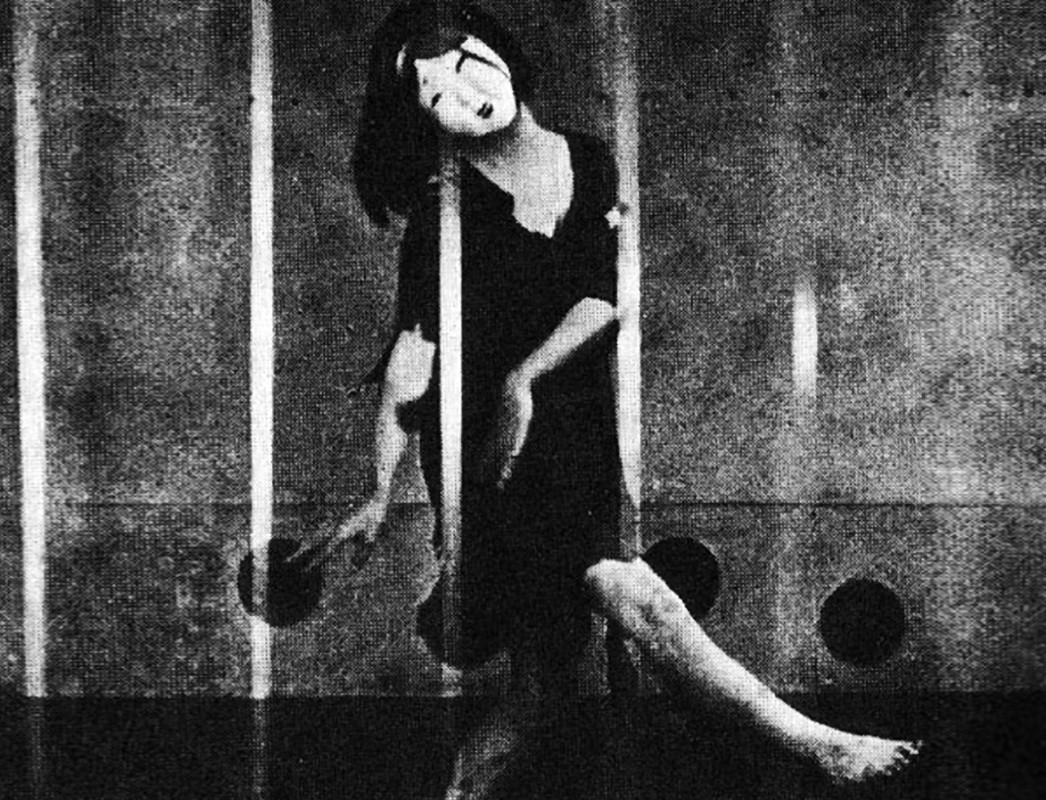
A masked inmate (Eiko Minami) dances. The shot of the dancer is superimposed over a shot of her cel's bars, putting the viewer in the position of the husband witnessing – or is he hallucinating – an inescapable nightmare (via). DP: Kōhei Sugiyama.
A [favourite] silent horror film*
Incomplete and, despite the generally accepted popular Occidental opinion, not a horror film. Oh, to have seen this narrated by Musei Tokugawa…
* the Bales 2025 Film Challenge for October is horror-themed as opposed to date-based, and is all about favourites. Expect non-horror and films I believe to be relevant instead.
“Here lies
Pierre MOLINIER
born on 13 April 1900 died around 1950
he was a man without morals
he was proud of it and gloried in it
No need to pray for him.”Satan bouche un coin (Jean-Pierre Bouyxou + Raphaël Marongiu, 1968)
Oct
10
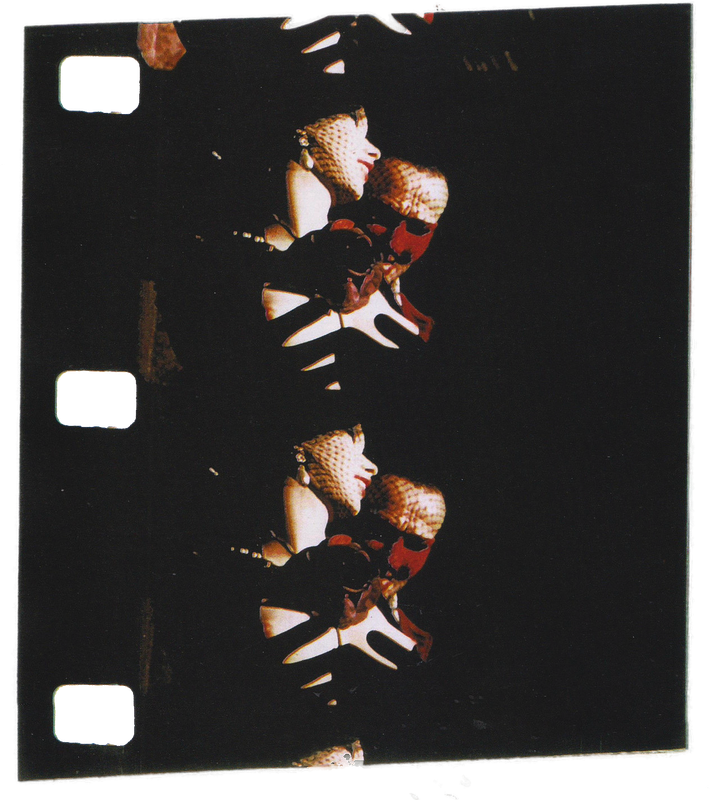
In an autoerotic display, Androgyne (Pierre Molinier) fondles a woman (Janine Delannoy) wearing one of his masks that echoes Molinier's deceased sister (via). DPs: Jean-Pierre Bouyxou, Raphaël Marongiu & Loïc Picard.
A [favourite] color [horror] film*
– Pierre Molinier, mock-epitaph (via, NSFW as goes without saying)
* the Bales 2025 Film Challenge for October is horror-themed as opposed to date-based, and is all about favourites. Expect non-horror and films I believe to be relevant instead.
“Blood of Christ. Demon. A curse upon this man. A curse that he will never forget me. Blood of my body. Until the grave. A curse that he will never forget me.” Il demonio [The Demon] (Brunello Rondi, 1963)
Oct
6
exorcism
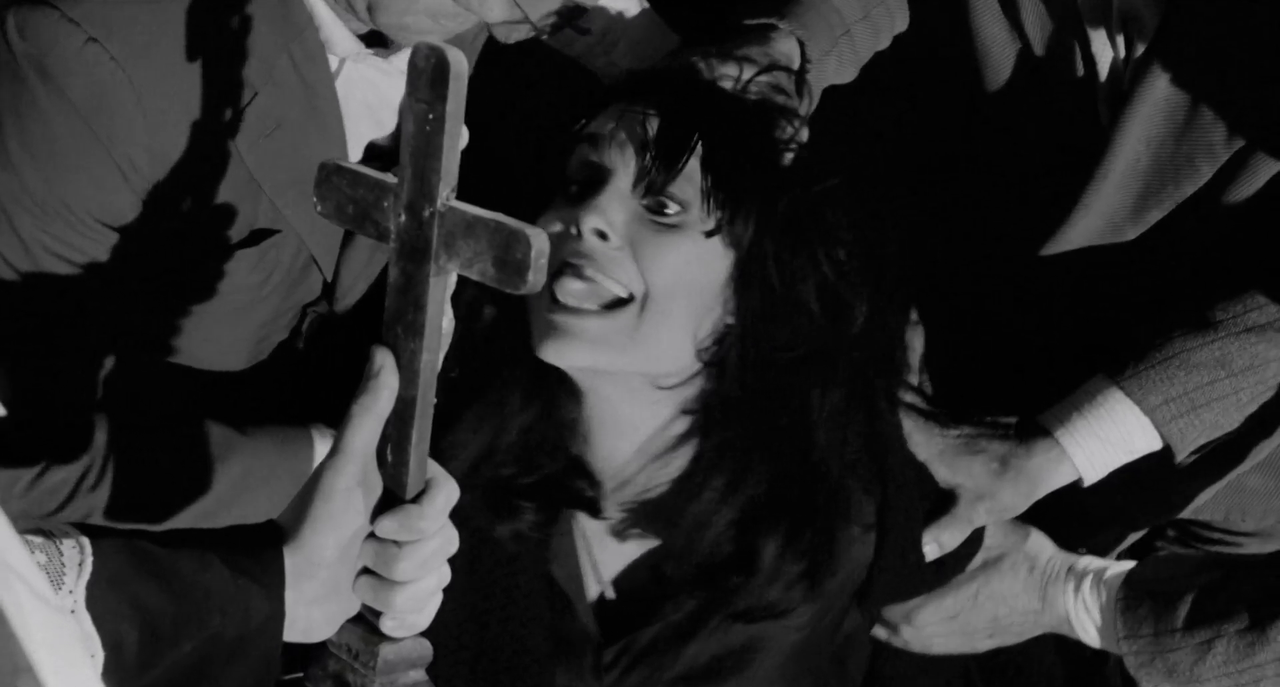
While several men hold her down, Purif (Daliah Lavi) sticks out her tongue to the crucifix held up to her. DP: Carlo Bellero.
[A favourite] exorcism film*
– Purificazione
When a rejected young woman puts a curse on her heart's desire, the locals see nothing less than witchcraft. It is decided that Purif must be possessed, and exorcised.
* the Bales 2025 Film Challenge for October is horror-themed as opposed to date-based, and is all about favourites. Expect non-horror and films I believe to be relevant instead.